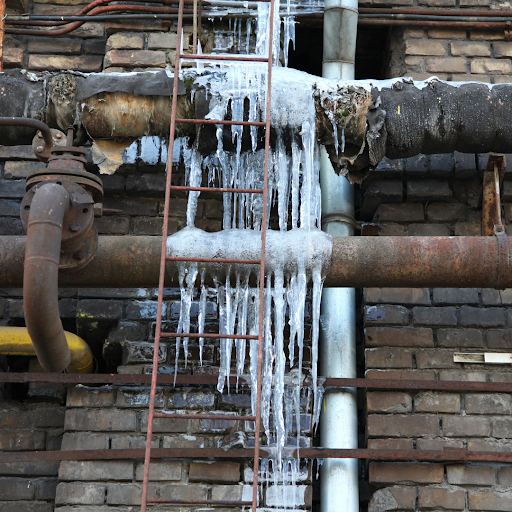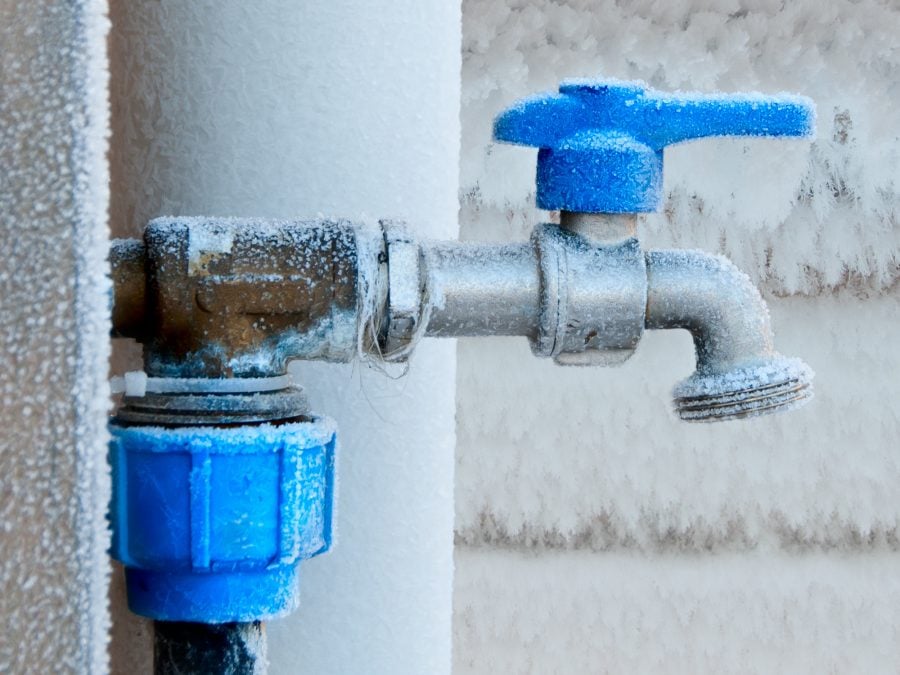This great article in the next paragraphs on the subject of How to Prevent Your Pipes From Freezing is exceptionally motivating. Don't bypass it.

Winter can wreak havoc on your plumbing, particularly by freezing pipelines. Right here's just how to stop it from taking place and what to do if it does.
Introduction
As temperatures drop, the risk of icy pipelines rises, potentially causing pricey repair work and water damage. Comprehending just how to avoid frozen pipes is vital for house owners in chilly environments.
Avoidance Tips
Protecting susceptible pipelines
Cover pipes in insulation sleeves or make use of warm tape to safeguard them from freezing temperatures. Concentrate on pipelines in unheated or exterior areas of the home.
Home heating techniques
Keep indoor spaces effectively heated, particularly locations with plumbing. Open up closet doors to enable warm air to flow around pipes under sinks.
Just how to identify icy pipes
Seek reduced water circulation from faucets, uncommon smells or sounds from pipes, and noticeable frost on exposed pipelines.
Long-Term Solutions
Architectural modifications
Take into consideration rerouting pipes away from outside walls or unheated locations. Add extra insulation to attic rooms, cellars, and crawl spaces.
Upgrading insulation
Invest in top notch insulation for pipelines, attic rooms, and walls. Appropriate insulation helps keep constant temperatures and reduces the danger of frozen pipelines.
Shielding Exterior Pipes
Yard hoses and exterior faucets
Separate and drain yard hose pipes prior to wintertime. Install frost-proof spigots or cover exterior faucets with shielded caps.
Recognizing Frozen Pipes
What creates pipes to freeze?
Pipelines freeze when subjected to temperature levels listed below 32 ° F (0 ° C) for extended periods. As water inside the pipes freezes, it broadens, taxing the pipe walls and potentially triggering them to rupture.
Threats and problems
Icy pipes can cause water supply disruptions, building damages, and pricey fixings. Ruptured pipelines can flooding homes and trigger comprehensive structural damages.
Signs of Frozen Pipes
Recognizing frozen pipes early can avoid them from breaking.
What to Do If Your Pipes Freeze
Immediate actions to take
If you believe icy pipes, keep faucets open to ease stress as the ice thaws. Make use of a hairdryer or towels soaked in hot water to thaw pipes slowly.
Final thought
Stopping icy pipelines calls for aggressive steps and quick reactions. By comprehending the causes, signs, and preventive measures, property owners can secure their plumbing during winter.
5 Ways to Prevent Frozen Pipes
Drain Outdoor Faucets and Disconnect Hoses
First, close the shut-off valve that controls the flow of water in the pipe to your outdoor faucet. Then, head outside to disconnect and drain your hose and open the outdoor faucet to allow the water to completely drain out of the line. Turn off the faucet when done. Finally, head back to the shut-off valve and drain the remaining water inside the pipe into a bucket or container. Additionally, if you have a home irrigation system, you should consider hiring an expert to clear the system of water each year.
Insulate Pipes
One of the best and most cost-effective methods for preventing frozen water pipes is to wrap your pipes with insulation. This is especially important for areas in your home that aren’t exposed to heat, such as an attic. We suggest using foam sleeves, which can typically be found at your local hardware store.
Keep Heat Running at 65
Your pipes are located inside your walls, and the temperature there is much colder than the rest of the house. To prevent your pipes from freezing, The Insurance Information Institute suggests that you keep your home heated to at least 65 degrees, even when traveling. You may want to invest in smart devices that can keep an eye on the temperature in your home while you’re away.
Leave Water Dripping
Moving water — even a small trickle — can prevent ice from forming inside your pipes. When freezing temps are imminent, start a drip of water from all faucets that serve exposed pipes. Leaving a few faucets running will also help relieve pressure inside the pipes and help prevent a rupture if the water inside freezes.
Open Cupboard Doors
Warm your kitchen and bathroom pipes by opening cupboards and vanities. You should also leave your interior doors ajar to help warm air circulate evenly throughout your home.

As a person who reads about Preventing and dealing with frozen pipes, I was thinking sharing that segment was important. Those who appreciated our article plz consider to share it. Thank you for your time. Revisit us soon.
Click Here